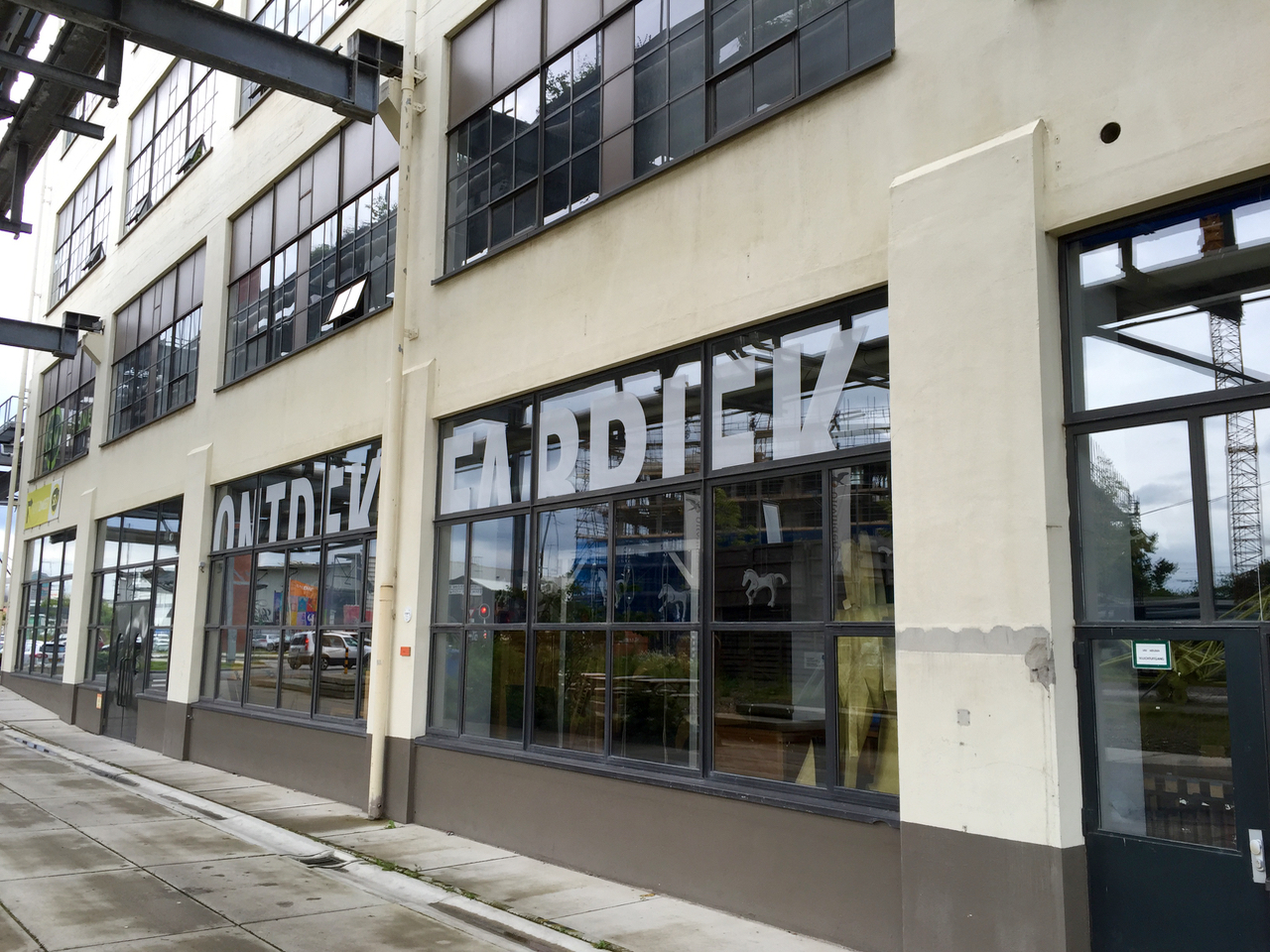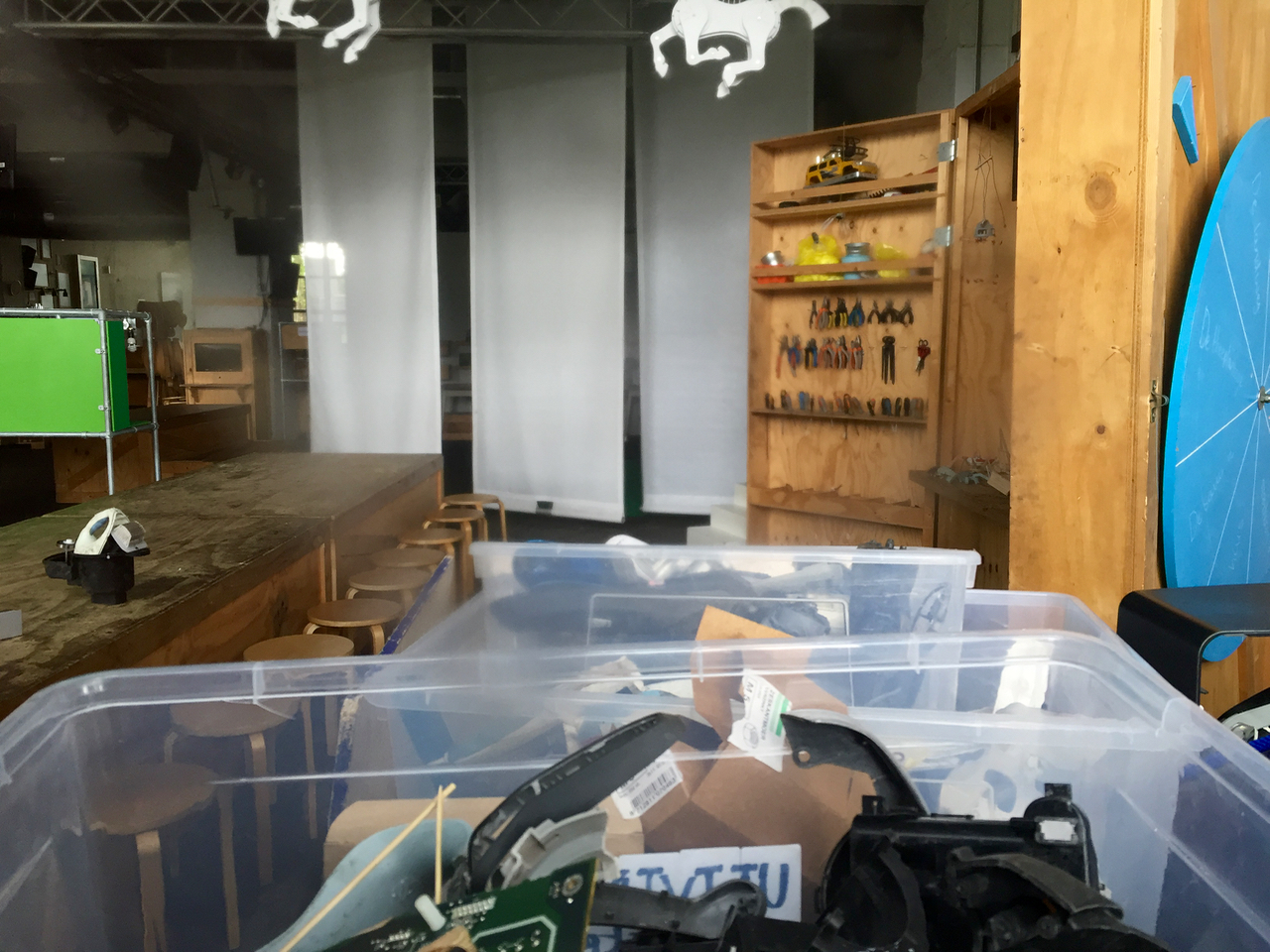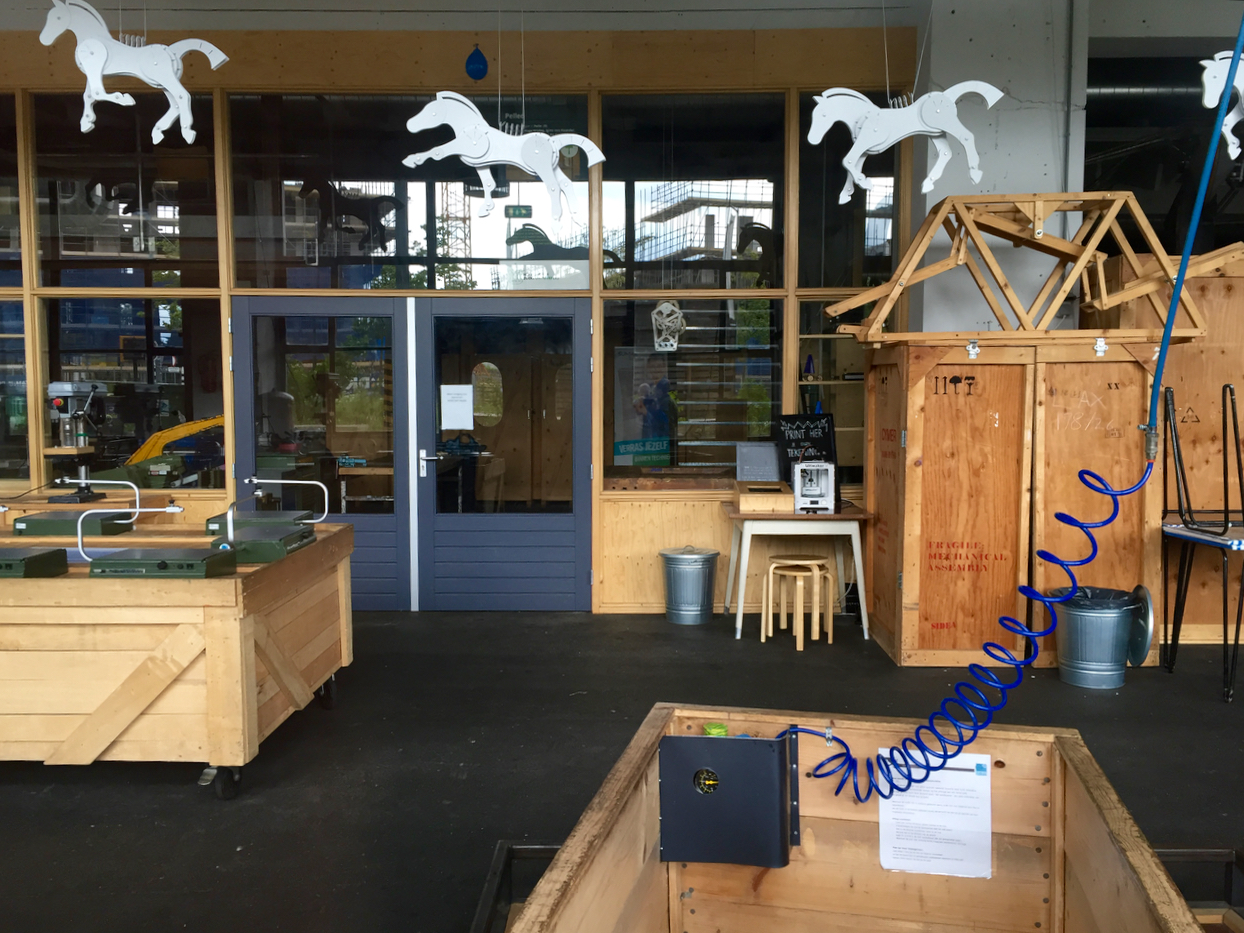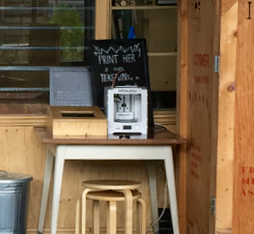
For many adults, 3D printing is a challenging process to attempt, but this isn’t so if you introduce the technology at an early age.
Some believe that brain patterns are set after childhood, and the same reason people have more difficultly learning new languages at older ages is why some find the introduction to 3D difficult. Thinking in 3D is something some people just don’t seem able to do.
Thus it is quite important to introduce 3D technology at early ages, if we are hoping for future generations to fully leverage the amazing technologies we have developed. I’m always looking for examples of children encountering 3D technology.
One I recently ran into was in Eindhoven in Netherlands, where a kind of “Kids Makerspace” called De Ontdekfabriek exists. It’s a weird place where there’s simple tools provided to children from ages 8 to 12 to make stuff.

Typically, they take “junk” like the pile shown here and transform it into, well, anything they can imagine. Other people’s discards become the seeds of tomorrow, evidently.

But while looking through the makerspace, I had this view.

In it, if you look closely, is a small Ultimaker 3D printer. In the kids’ makerspace.
This 3D printer stands alongside other tools, such as hammers, wrenches and drills, making it, to the children, “just another tool”.
That’s a vastly different point of view than the has the majority of the adult population, who, through lack of contact or sensationalist news media, views 3D printing as some kind of magic process that can do anything.
No, the children frequenting De Ontdekfabriek will emerge with avery different and far more correct viewpoint: 3D printing is a normal making tool that can be used with other methods to create amazing stuff.
Every child should have this opportunity.
Via De Ontdekfabriek

